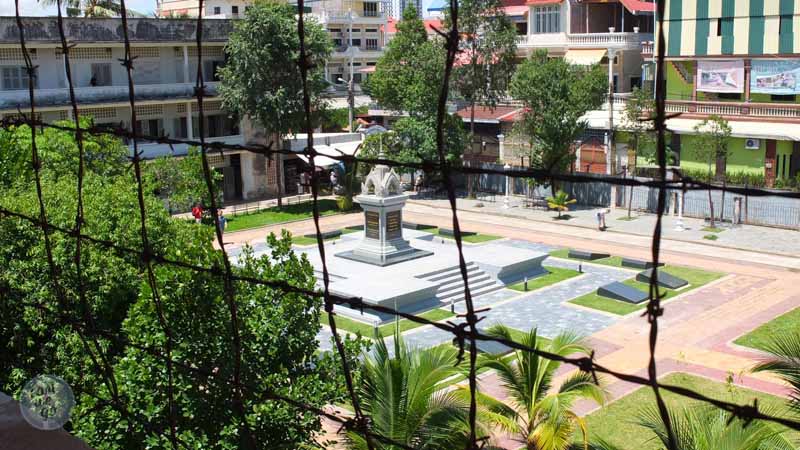
For four long years, between 1975 and 1979, the destiny of Cambodia fell in the hands of the bloody Red Khmer regime. It is estimated that during this four years 2.5 million people, out of the total Cambodian population of 8 million, died. More than half of them was simply executed at one of the many killing fields, while the remaining died of exhaustion, starvation or disease. Cambodians were forced to leave big cities and to establish themselves in the countryside where they were slaved into working for the regime in agriculture, mines and others.
In Phnom Penh, 2 places keep the memories of these terror days so that the present generations don’t forget their past and learn from it: The Genocide Museum Tuol Sleng and the Killing fields of Choeung Ek.
Genocide Museum Tuol Sleng – Prison S-21
The building of the former high school Chao Ponhea Yat was quickly transformed into a Security Prison 21 (S-21) by the Pol Pot’s regime after winning the civil war and getting to power. If initially the prisoners were mostly prominent figures from several disciplines that could somehow influence the society into thinking against the regime, paranoia quickly took over Pol Pot and everybody who was suspected of any kind of treason was sent to the prison. He arrested not only the suspects but also their families, torturing them into confessing whatever they were charged of, even if they had nothing to do with it. All they wanted was to end the pain. These inhumane practices included electric shocks, denailing, pouring alcohol on the wounds and drowning simulations. The most difficult prisoners were skinned alive. On the top floor of the building with the cells the external corridors (kind of balconies) were covered with barbed wire so prisoners couldn’t commit suicide. At any point during its existence, the prison had 100 daily prisoners. It is believed that around 20 thousand people were murdered there. Only 7 survived.
The museum is divided in several parts. You can see the prison cells, some rooms where prisoners were tortured still with some beds connected to electrical batteries for the electrical shocks, a room full with testimonies of people who had to go to the countryside, another with bones and remains of the victims and in the end one more room where a documentary movie is projected.
The visit takes around 2 hours and I think it’s mandatory when you visit Phnom Penh.
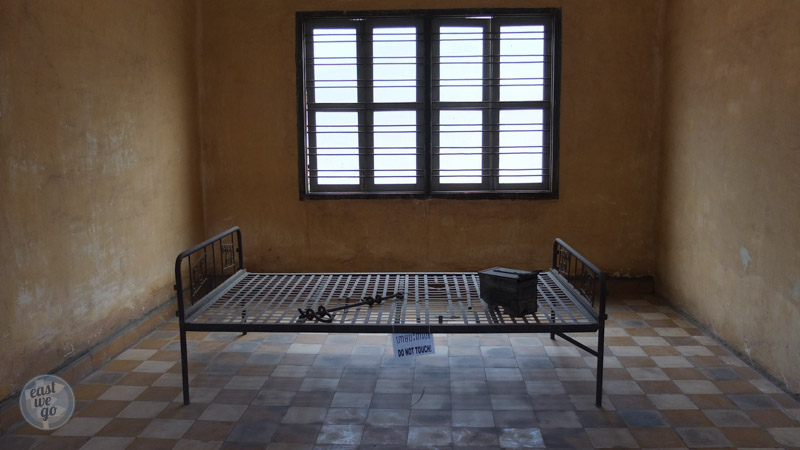
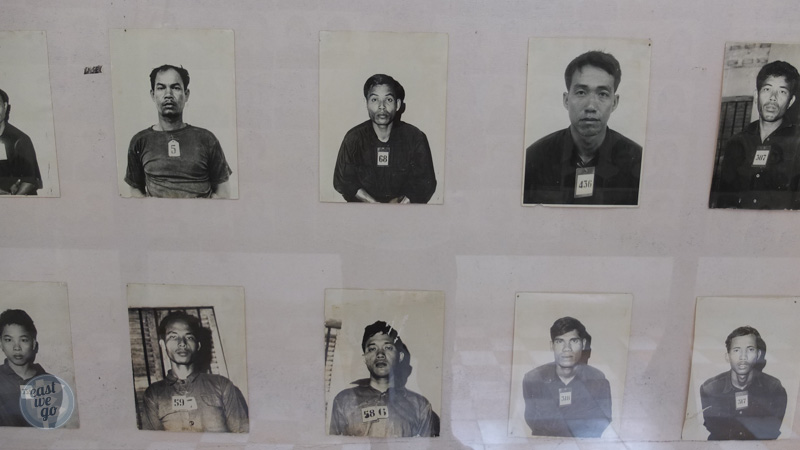

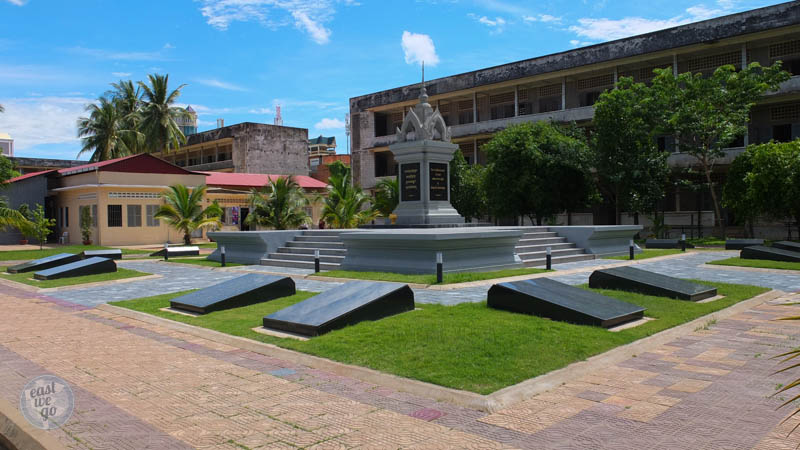
Killing Fields of Choeung Ek
Many prisoners from S21 prison had as the final destination the Killing Fields of Choeung Ek. Here, their destiny was the same, death by execution. Soldiers murdered prisoners using swords, poison or even sharpened bamboo sticks. Everything that they could do to avoid bullets because these were expensive. The sons of the victims became victims themselves as the regime was afraid they could pursue vengeance once they grew. Children and even babies were killed and thrown into mass graves along with the other victims. The guards would grab them by their feets and hit their heads against a tree until they were dead.
Today, none of the original buildings is still up. They were all destroyed after the liberation of Cambodia. The visit is made through 18 different points on a track where you can stop and listen to the audio guide that is given to you at the entrance.
Throughout the path, one can see some mass graves, where still to this day, during heavy rain, bones, teeth and pieces of clothes come out. The visitors are asked to contact the staff if any of these remains are spotted. They are displayed in showcases along the way. In the end of the walk there is a buddhist memorial, a Stupa, built to keep hundreds of skulls and other bones of the victims. You can see cracks and holes in the skulls, a proof of how they were murdered.
It is a sad place. I left with a feeling that history repeats itself over and over again and people do not learn from the past.
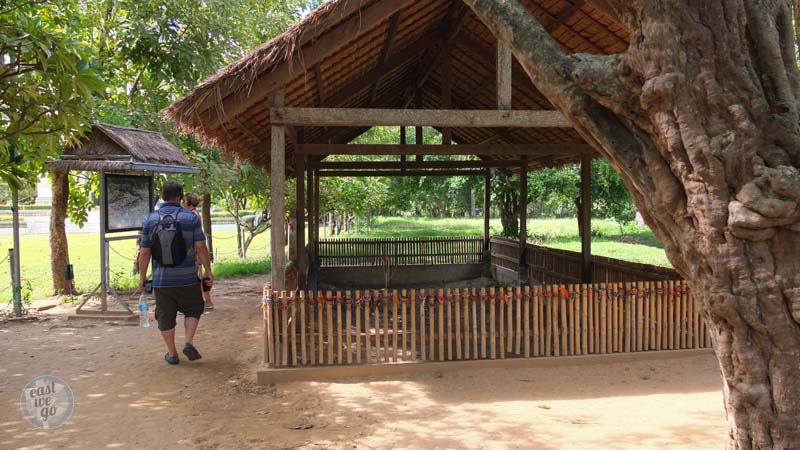
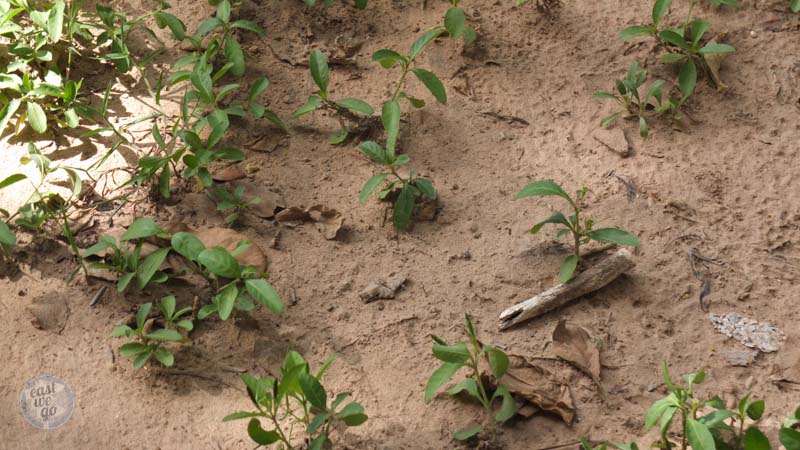
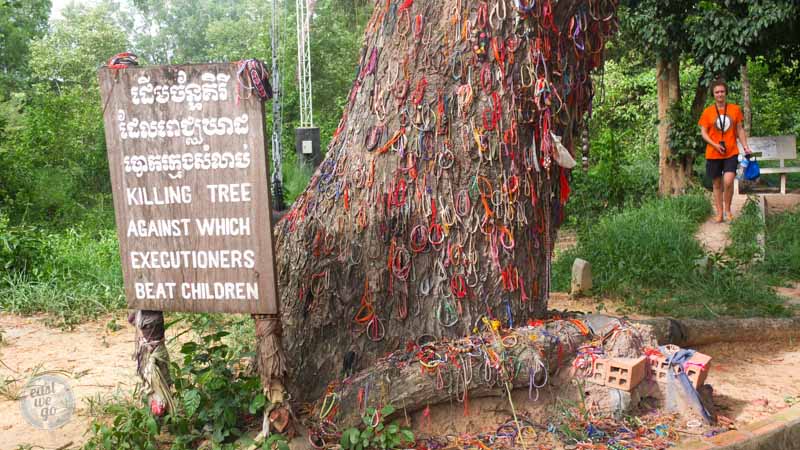
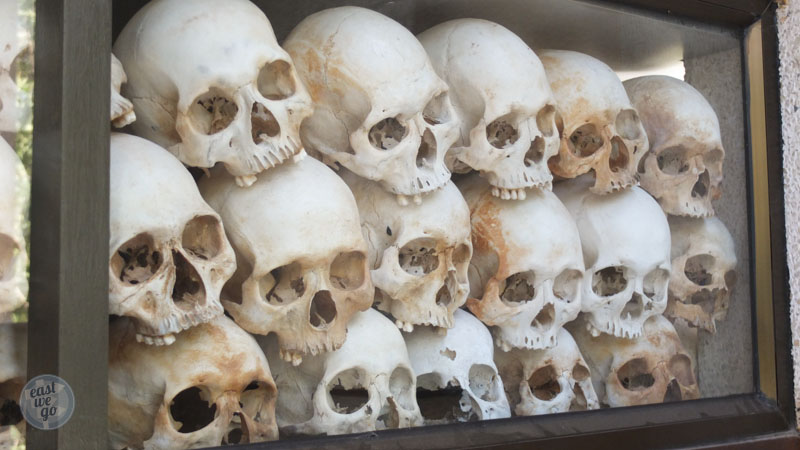

Renato
 East We Go | Travel blog Travel blog about our adventures around the world
East We Go | Travel blog Travel blog about our adventures around the world
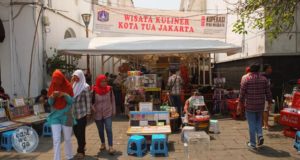

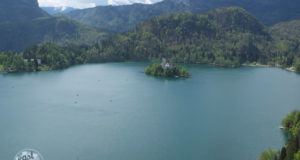
Mam podobne odczucia po odwiedzeniu tego miejsca.